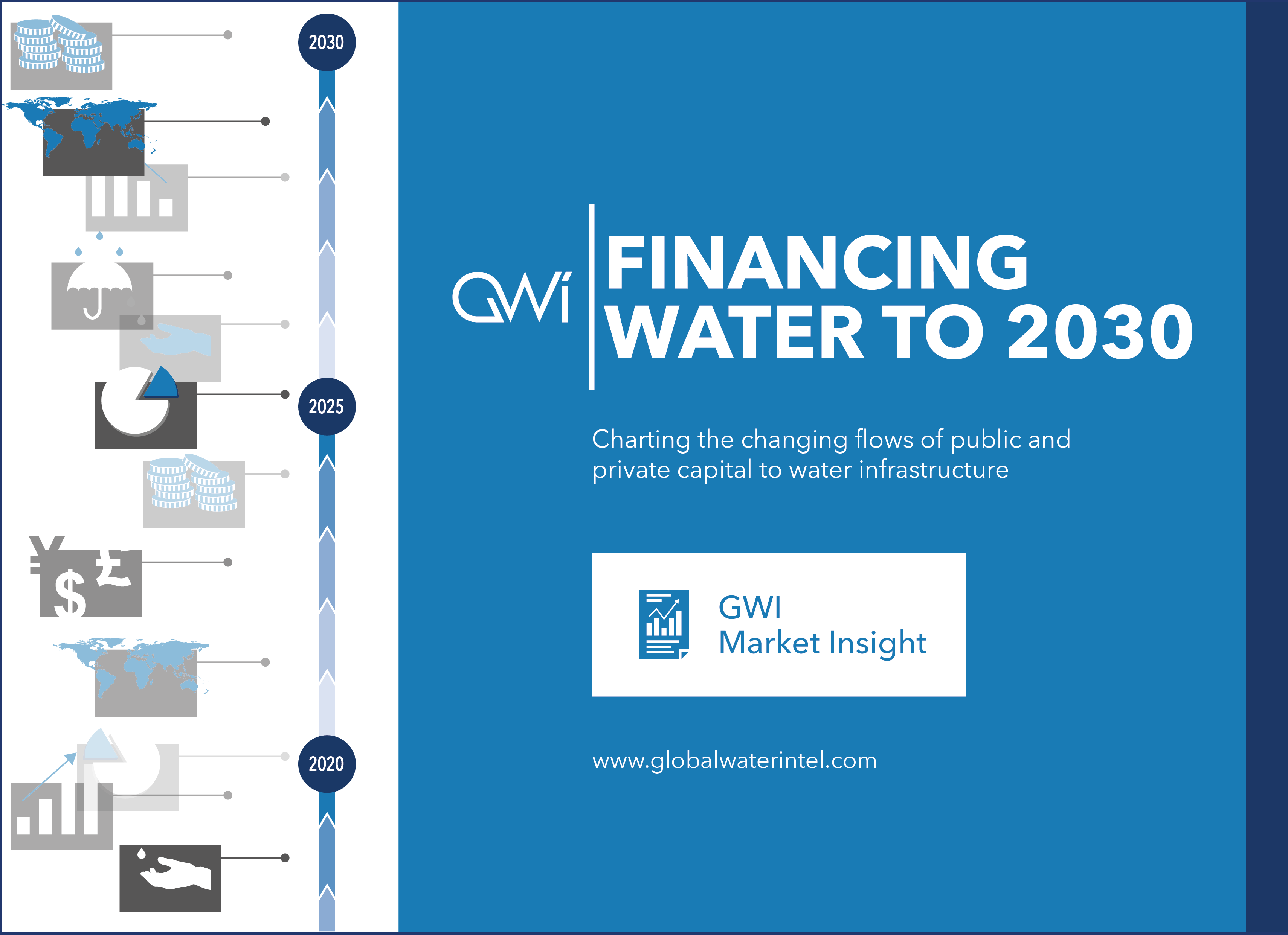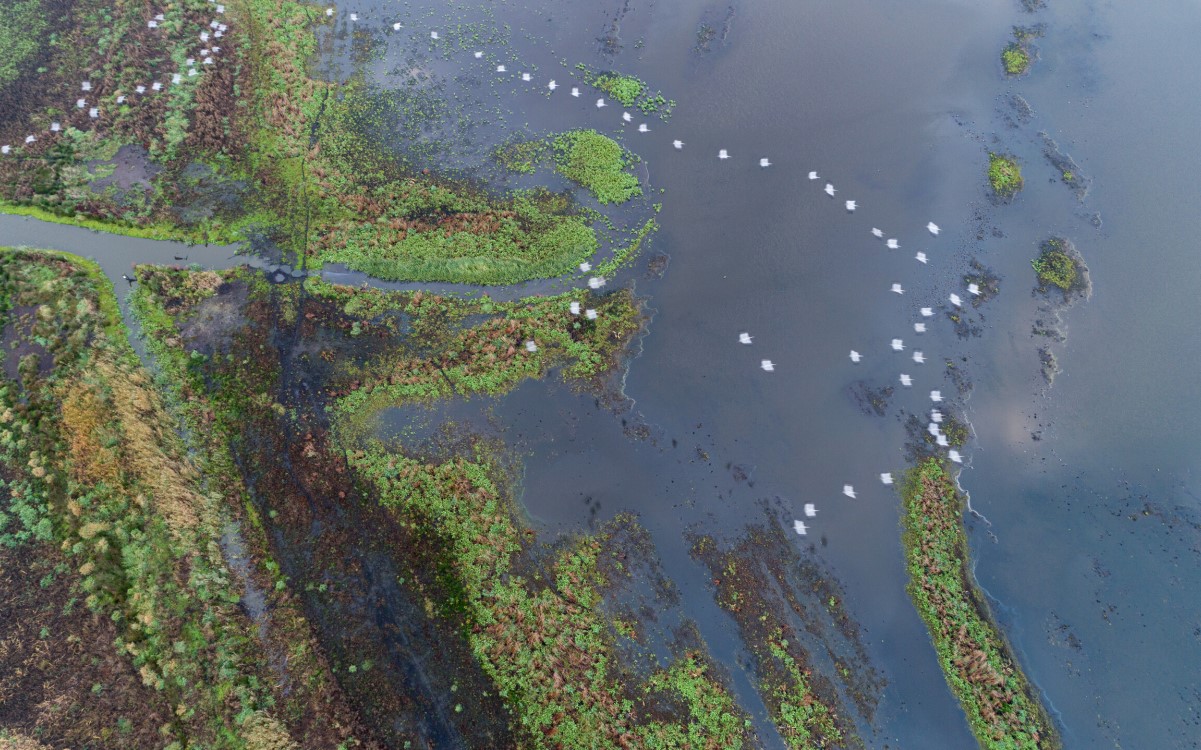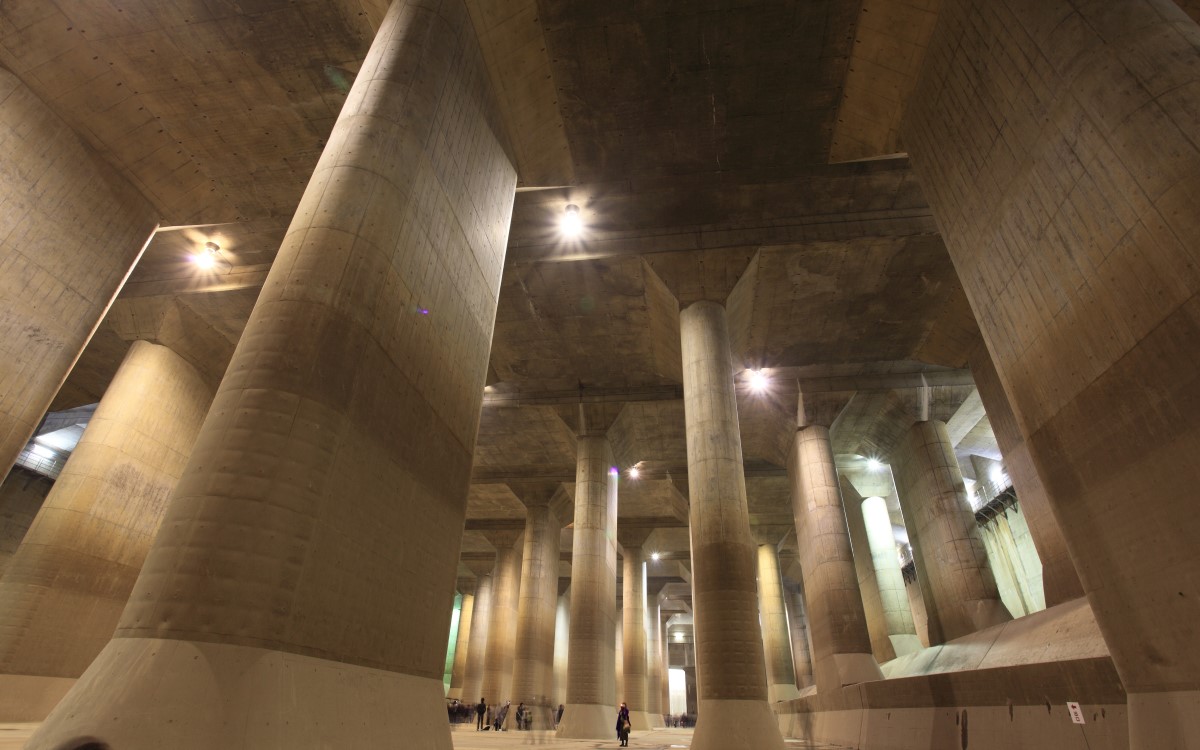The report
The report, entitled Financing Water to 2030 and published by GWI, argues that in order to achieve these targets whilst reducing utility dependence on grant finance, tariffs around the world will need to increase substantially, rising at a compound annual growth rate of 5.9% and taking the global average combined tariff from $2.08 /m3 to $4.38 /m3 in 2030.
In Southern Asia, where average combined water and wastewater tariffs are just $0.14/m3 compared to a global average of $2.08 /m3, this means that tariffs would need to rise by 15.2% annually in order to meet the investment required by 2030 for SDG 6.
Christopher Gasson, publisher at GWI and co-author of the report commented, “we are at an inflection point in the way water is financed. For the past two decades there hasn’t been much change in the way utility assets are paid for. Going forward, there will be. We will see the utility sector steadily building its financial independence and the corollary of all this is that tariffs will have to rise.”
Responsibility shift
The report findings come at a time where private finance in water infrastructure has returned to the political agenda, as governments across the world look to move more responsibility to utilities themselves. As well as meeting SDG 6, utilities will need to mitigate the effects of ageing infrastructure, industrial pollution, growing urban populations, and the more extreme flooding and droughts brought by climate change, and will need to access more finance sources to meet these challenges. GWI forecasts that the amount of global private finance used to fund water infrastructure will increase from $3 billion during 2013 / 2017 to $35 billion a year in the next 12 years, providing 7.7% of global infrastructure investment needs by 2030. Within the same time frame, funding for water infrastructure by central government grants and international transfers is expected to fall from 31% to 18% of annual investment needs, according to the report. GWI notes that the key driver of this trend is governments moving away from financing water projects on their own balance sheets and through grants to utilities, and towards providing more loans and encouraging public-private partnerships.
In the USA for instance, the Trump administration’s $1.5 trillion infrastructure investment plan brings with it only $200 million of federal finance. Financing Water to 2030 explains that the rest is expected to come from the private sector. In Saudi Arabia meanwhile, the government is contemplating the largest water privatisation programme since the UK government sold off its water assets in 1989. The report also details how the governments of countries such as Japan, Brazil, Peru, Indonesia, and Vietnam have recently announced major plans and new legislation for bringing private finance into their water infrastructure.
Blended finance
The report also examines how the trend towards mobilising more private finance for water infrastructure is also being driven by development finance institutions (DFIs), pointing to the “blended finance” strategies at major DFIs like the World Bank. This increasingly involves developing structured financial products designed to attract commercial finance for more credit-worthy clients, while directing more concessionary resources to places and projects for which they are critical. Though blended finance has been growing as a concept for several years, the US government’s denial of a capital increase for the World Bank has given the strategy added impetus and visibility.
GWI also found that utility consolidation and government reforms aimed at improving the bankability of projects will be crucial in order to attract the infrastructure finance that utilities need to achieve the SDG on water and sanitation. The report examines several political developments as part of this trend.
In Japan, recent legal reforms to support and incentivise the consolidation of its 2,800 small-scale water and wastewater utilities have been introduced. The USA has also seen growing discussions on utility consolidation with many of the country’s small utilities struggling to maintain their infrastructure. The report explains that the elimination of $509 million in grants for small rural utilities by the federal government will likely make the discussion even more relevant.
For more information about Financing Water to 2030, please visit www.globalwaterintel.com/market-intelligence-reports/Financing-Water-to-2030




